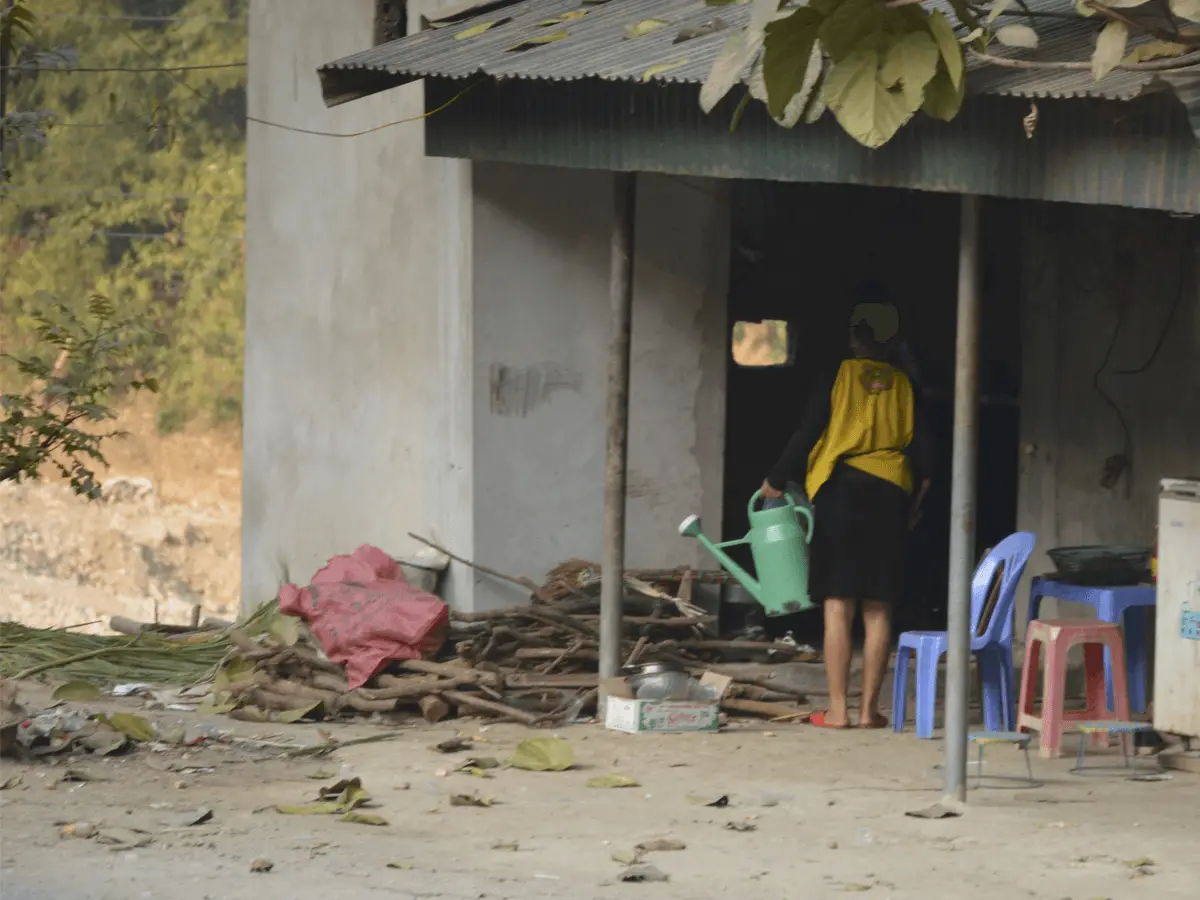Poverty is everywhere, from a kid selling you a souvenir during your Sa Pa trip to a homeless using newspaper as a bedsheet under Long Bien Bridge. We know what’s happening in society, and we also know that there are charities in combatting poverty. But, have you ever wonder the reason why these humanitarian projects are trying so hard to reduce poverty? Would doing charity only benefits the receiver, not the giver? Why should everyone put effort into reducing poverty?
The negative consequences of poverty in the world economy, education, and violence not only affect the people in need but also society as a whole
Here are the 4 reasons why poverty affects you and everyone else:
1. The Economy
Poverty is a direct index indicating the success of an economy. Look at the line chart below; it’s clear that the poverty rate directly relates to the unemployment rate.
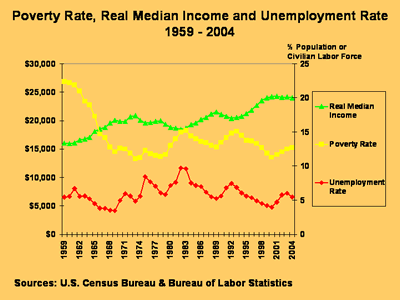
A country with a strong economy is a country that can create job opportunities for its citizens. If more people face financial burdens so they cannot even afford their daily basic needs, demand for goods also decreases.
This results in companies lowering their price levels to get customers. In the end, the country would have less GDP and suffer from an economic recession.
2. Education
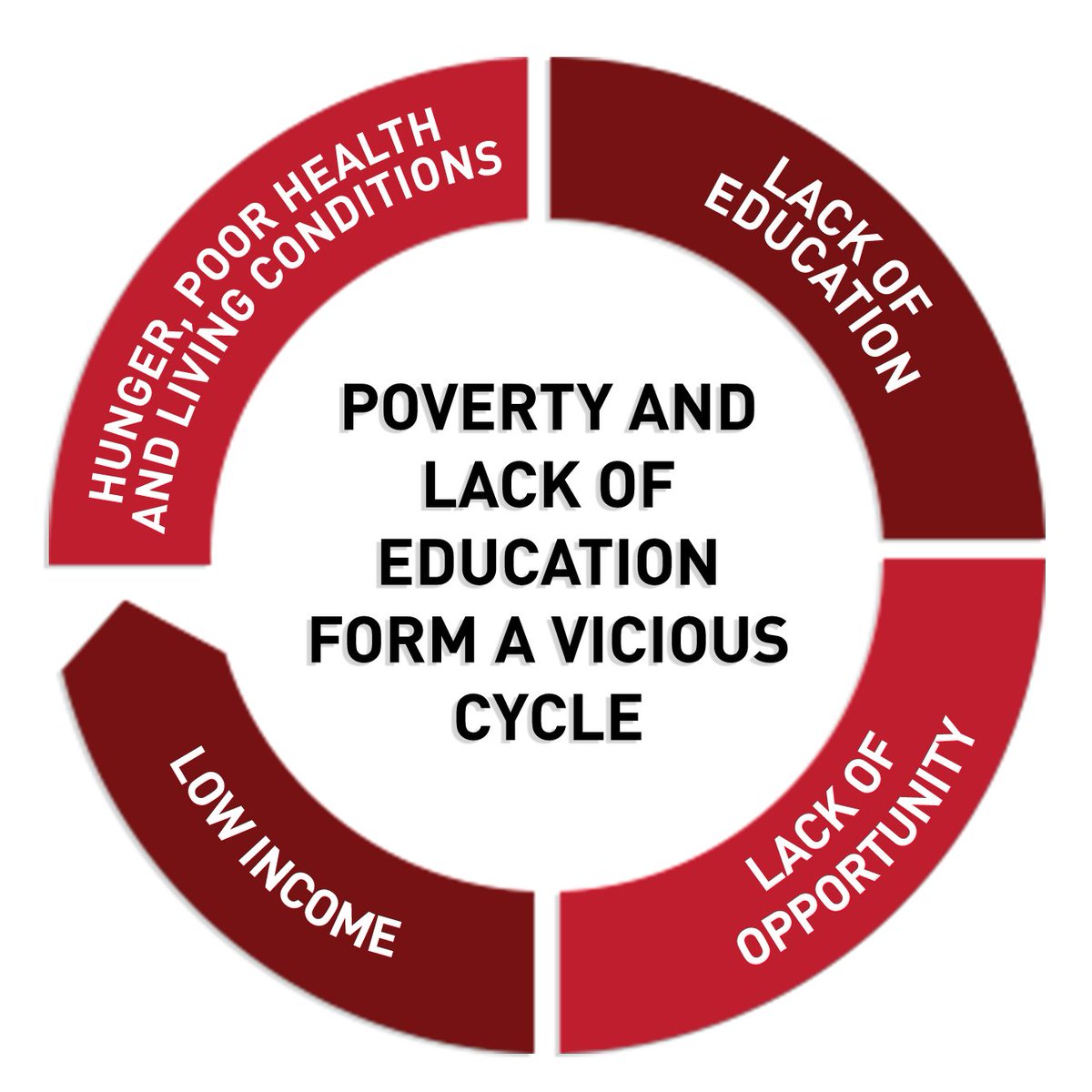
The poverty cycle is an issue that is passed down from generation to generation. Children are unable to attend school as a result of unemployment and inadequate income from their parents. Moreover, many end up not going to school to work to support their families.
Without any qualification or diploma from high school, these kids are often hired by employers who pay lower than the minimum wage policy. Since working at such a young age is illegal, children could not speak up and gain justice for themselves.
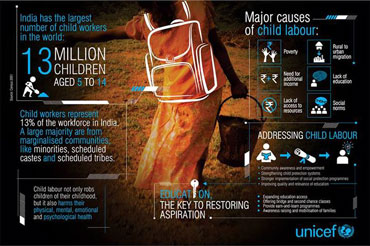
In India, there are 13 million children from ages 5 to 14 who are child workers who do not have the chance to go to school (UNICEF). These poor kids might be abused, including but not limited to mental abuse, rape, physical violence by their parents and others – if they don’t make enough money for the family or the employer.
Look at these two pictures below:

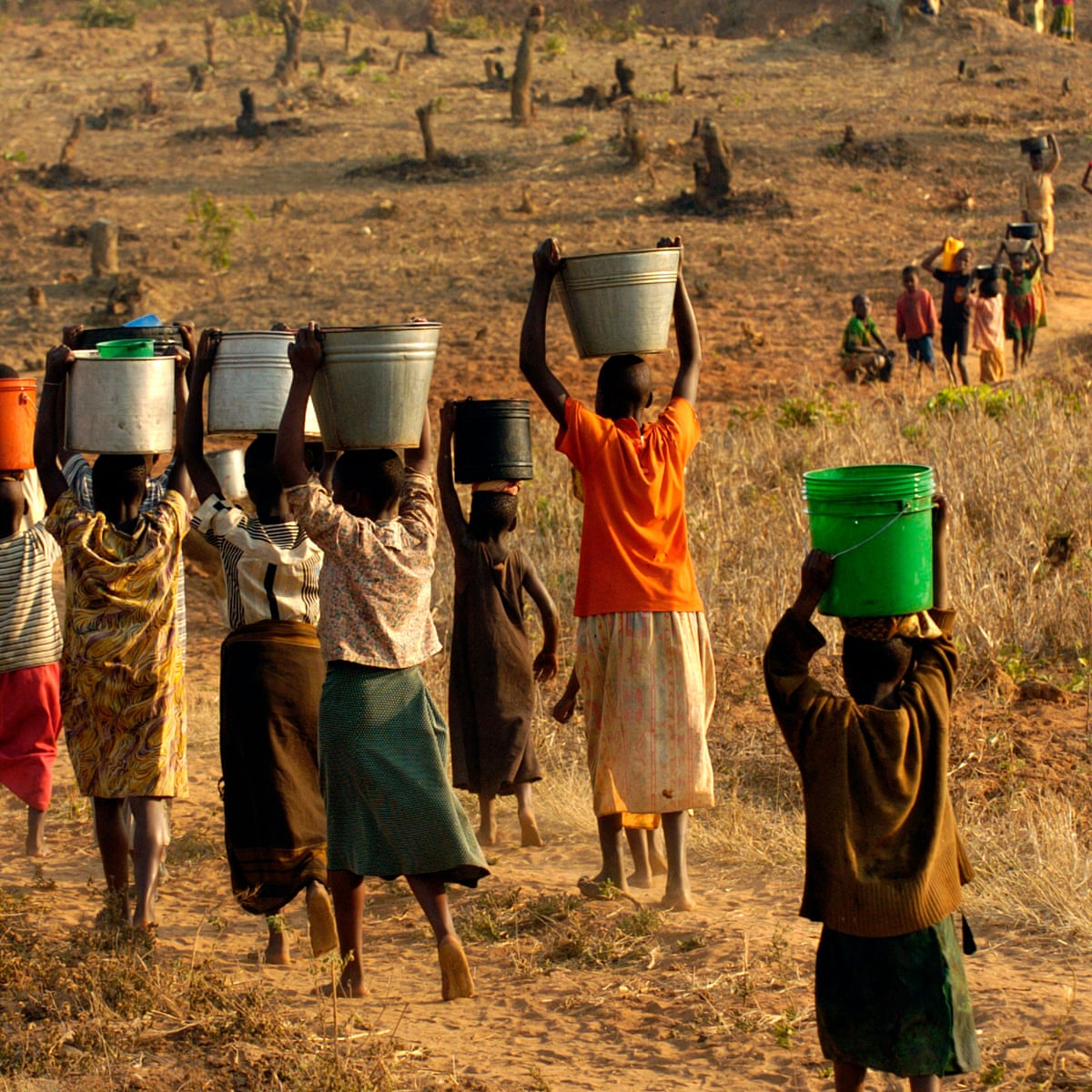
108 years apart, but the problem remained the same
The number of children living in poverty has risen, and countries must resolve this problem. Children have the least degree of control over their situations and have the least amount of choice. They can’t do much to aid their family, and they shouldn’t have to.
3. Violence
Poverty is a key source of social tensions, especially when a country’s wealth is unequally divided among its citizens— a small minority controls the majority of the wealth (also known as Inequality).
According to studies, countries with weak governments, shaky institutions, and limited civil rights are ideal breeding grounds for terrorist activities. Countries undergoing tough transitions—for example, from an authoritarian to a democratic regime—often face political instability as key rules and regulations usually get disordered.
As a result, the number of riots and conflicts has increased. Poverty is a highly harmful force in society that has the potential to destabilize an entire country.
:format(jpeg)/cdn.vox-cdn.com/uploads/chorus_image/image/48655839/GettyImages-108694153.0.0.jpg)
The Arab Spring is an excellent example of how poverty and unemployment can lead to deadly revolts.
For that reason, maintaining and empowering political institutions is an important aspect of combating poverty’s hazardous implications.
At Project Sprouts, we realize that we can not solve all the problems of poverty in a situation like this. But we can seek to make a difference in the lives of needy children by giving them school supplies and encouraging them to continue their education; we can give them winter coats, boots, and blankets to help them stay warm during the cold winter months.
Project Sprouts would love to have you be a part of our community and help us help worthy children in North Vietnam. We cannot solve all the world’s problems, but we can do our part to help poor kids grow by giving school supplies, winter coats, boots, and other supplies.
You can find out more about Project Sprouts by clicking here or go to our give now page to donate by clicking here. As we are a grassroots organization, all funds go to help those in need.
Related Content
Why Poverty Is Like A Disease And How We Can Cure It?
Poverty is a mindset that is taught for multi-generation in a household. The state of being poor is fearful, “transmissible,” but also preventable – just like a disease. To help unfortunate souls get out of poverty, we teach by giving them tools – education.
By clicking here, you can find out more by reading Why Poverty Is Like A Disease And How We Can Cure It? by clicking here.
11 Facts About Vietnamese Education and Poverty
The world is developing more these days; many countries can provide their citizens with a good opportunity for education. Vietnam is one of the developing countries globally that has made great progress in both the economy and many other fields such as technology and public health. However, there are still various poor areas in Vietnam where residents suffer from poverty and hunger.
You can learn more by reading 11 Facts About Vietnamese Education and Poverty by clicking here.

